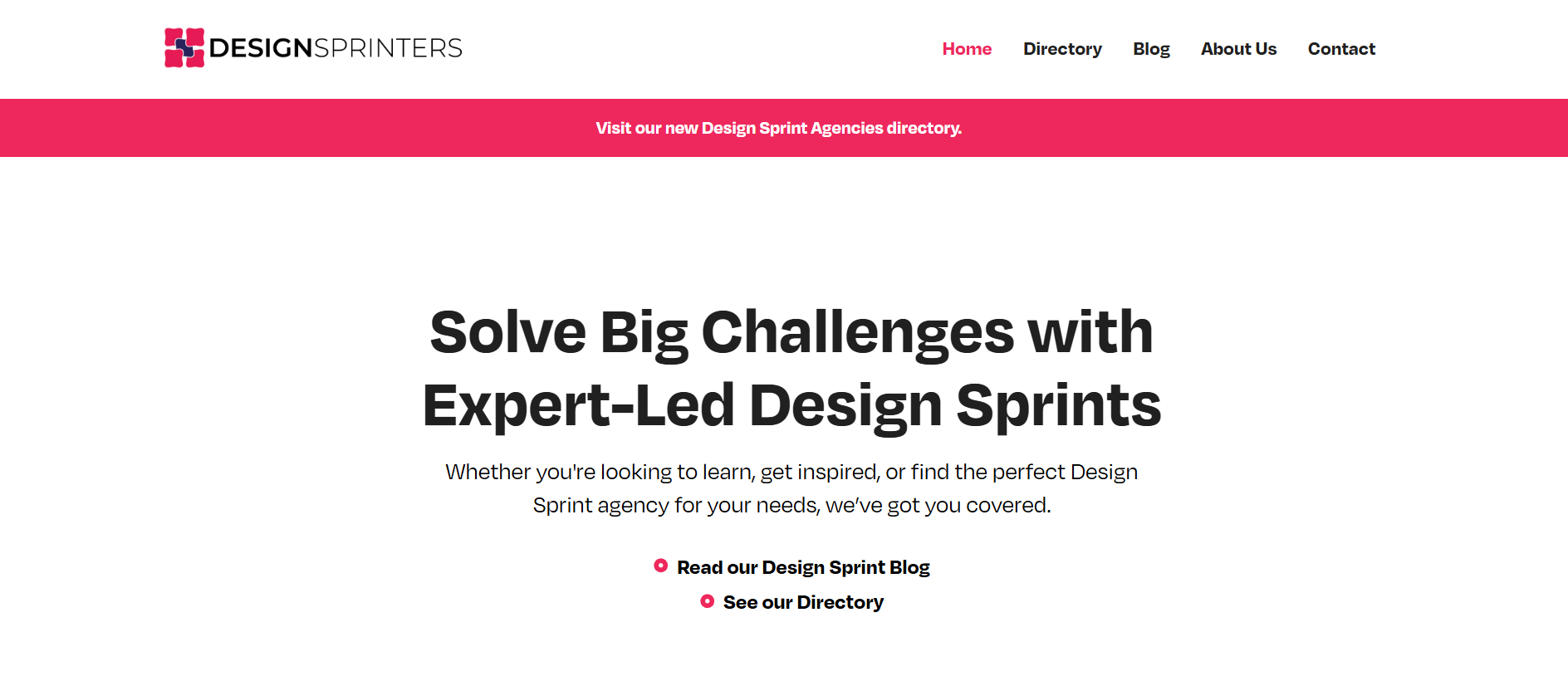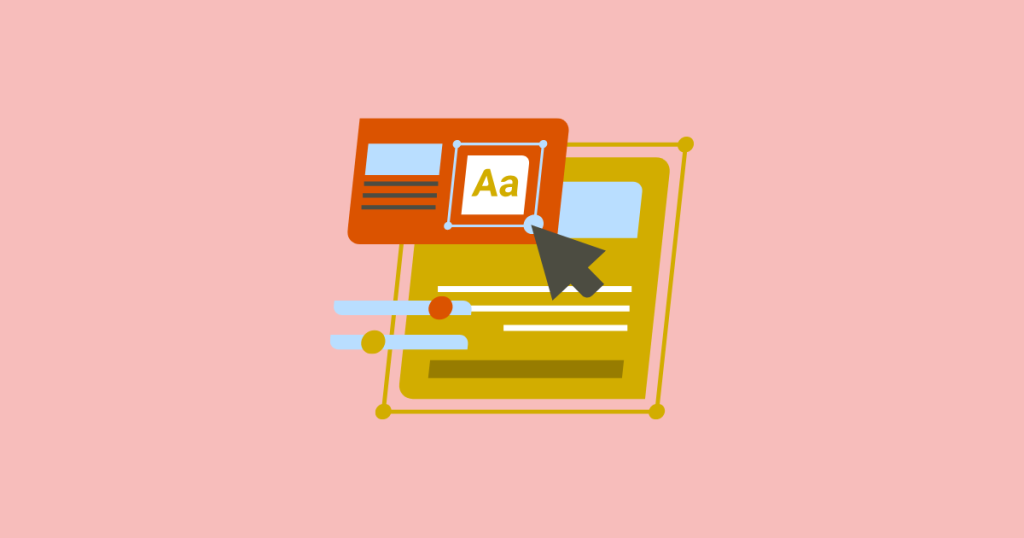Do you know when not to do a design sprint?
Design Sprints promise momentum, clarity, and real user feedback. But not every problem is a sprint problem. Not every team is sprint-ready. Not every week is the right week.
If your challenge isn’t big enough, clear enough, or testable with real users in a week, you’re better off choosing another method.
Start by asking if the sprint will produce learning you can act on immediately, with the right people in the room, and access to target users. If any answer is no, postpone or pick a different approach.
Use this guide to spot the moments to say “not now,” avoid expensive misfires, and protect the craft of Design Sprints so they deliver when they truly matter.
When Not to Do a Design Sprint

A design sprint isn’t always the right tool—some challenges are too small, unclear, or untestable to benefit from the process.
1. When the Problem is Vague or Shifting
A Design Sprint needs a crisp, stable challenge.
If your problem statement keeps moving, you’ll prototype the wrong thing and learn very little. Rewrites mid‑week unravel decisions, stall momentum, and invalidate user tests.
Signs you’re not ready:
Goals change in every meeting, leadership keeps adding “just one more” objective, the target user isn’t defined, or the team can’t agree on success criteria.
What to do instead:
✅Run a short alignment workshop to lock the challenge, decision criteria, and target user.
Write a single-page brief and get a named Decider to sign it before you schedule the sprint.
2. When You Can’t Reach Your Real Users this Week

A sprint’s payoff is validation with the right audience, five to seven interviews with qualified users.
If you can’t recruit them, you’re rehearsing, not learning.
Signs you’re not ready:
Recruiting will take weeks, legal/privacy blocks access, you only have internal testers, or your audience is too niche to find quickly.
What to do instead:
✅Postpone and invest in recruiting channels, incentives, and screeners.
If access is consistently hard, pilot a Discovery Sprint focused on stakeholder and market insights, then schedule the full sprint when users are confirmed.
3. When the Problem is too Small or Purely Incremental
Sprints shine on high-stakes decisions and leaps, not micro-optimizations or bug triage.
Signs you’re not ready:
The scope is “tweak button copy,” “fix load time,” or “ship the thing we’ve already spec’d.”
What to do instead:
✅Use A/B tests, usability audits, or a Kanban improvement cycle. Save sprints for bets that change user behavior or the business trajectory.
4. When Critical Stakeholders Won’t Commit

No Decider, no sprint. If the person who can make the call won’t attend key moments, you’ll stall, water down choices, or revisit everything later.
Signs you’re not ready:
The Decider is “maybe,” key SMEs are double-booked, or you can’t secure five half-days for the core team.
What to do instead:
✅Move the date. Run a 90-minute pre-commit session to confirm goals, constraints, and attendance. Secure backup SMEs for known knowledge gaps.
5. When the Foundation (Vision, Metrics, Constraints) is in Flux
If strategy, success metrics, or compliance constraints are mid‑rewrite, your prototype may solve a problem you can’t ship.
Signs you’re not ready:
Pending brand/architecture decisions, unclear KPIs, legal risks unknown, or dependencies on teams with conflicting roadmaps.
What to do instead:
✅Clarify non-negotiables and success metrics first. Document constraints in a sprint brief so tradeoffs are explicit.
6. When you Lack Current Insights or Research

Sprints convert insights into decisions. If you’re guessing at user needs, the week becomes an opinion contest.
Signs you’re not ready:
Missing baseline analytics, no recent interviews, or major blind spots about jobs-to-be-done and friction points.
What to do instead:
✅Run a fast discovery track, five interviews, a heuristic review, and key metric snapshots. Bring a one-slide insights deck to day one.
7. When the Solution Space Requires Heavy Tech Validation First
If feasibility is unknown at a fundamental level, a clickable prototype may mislead stakeholders and users.
Signs you’re not ready:
Novel algorithms, complex integrations, or performance constraints that determine viability.
What to do instead:
✅Schedule an engineering spike or tech feasibility sprint. Once the risk is mapped or de-risked, run the Design Sprint with real constraints.
8. When Team Dynamics or Facilitation Capacity is Weak

Poor facilitation and misaligned expectations derail pace, decisions, and energy.
Signs you’re not ready:
No neutral facilitator, first-time participants with no onboarding, or a team culture that rewards debate over decision-making.
What to do instead:
✅Bring in an experienced facilitator, run a 60-minute warm-up on sprint roles and mindsets, and establish ground rules for focus and decision-making.
9. When You Plan to Test Multiple “its” in One Sprint
Mixing goals or testing multiple concepts across unrelated problems dilutes learning and muddies the signal.
Signs you’re not ready:
Three different ideas vying for attention, daily resets of scope, or attempts to please every stakeholder in one week.
What to do instead:
✅Prioritize one “it.” If you truly need to explore options, test divergent solutions for the same job-to-be-done in a single, coherent prototype.
10. When You Expect a Polished Product at the End

A sprint delivers decisions and validated learning, not production-ready design.
Signs you’re not ready:
Leadership expects launch-ready UI, full design system integration, or stakeholder sign-off as the outcome.
What to do instead:
✅Set expectations that the output will provide a high-confidence direction, along with a plan for next steps, including refinement, technical spikes, and a delivery roadmap.
How to Decide in Five Minutes: A Quick Readiness Checklist
| ✓ | Readiness Question |
|---|---|
| ☐ | Is the problem stable, specific, and high stakes? |
| ☐ | Do we have a committed Decider and core team for the full schedule? |
| ☐ | Do we have fresh insights and access to the right users this week? |
| ☐ | Are feasibility constraints known enough to prototype credibly? |
| ☐ | Are expectations set for decisions and learning, not launch? |
If you can’t answer yes to all five, pause and fix the gaps.
What to run instead of a Design Sprint
When a sprint doesn’t fit, other methods like design thinking workshops, discovery research, or agile experiments can provide the right approach.
- Problem framing workshop: 2–3 hours to create a tight challenge statement, success metrics, and constraints.
- Research boost: one week of interviews, analytics, and a lightweight market scan to ground the sprint.
- Feasibility spike: engineering-led exploration to map technical risk and dependencies.
- Experiment track: quick A/B or Wizard-of-Oz tests for incremental questions.
- Decision jam: 90 minutes to resolve a single, bounded choice with key stakeholders.
How DesignSprinters can help you avoid these pitfalls

Experienced DesignSprinters know the traps to watch for and can guide your team through the process with clarity and confidence. If you need:
- Sprint assessment: We score your readiness across challenge clarity, team commitment, user access, insight depth, and tech feasibility.
- Stakeholder alignment: We run a pre-sprint alignment session to lock the brief and avoid mid-week scope churn.
- Research acceleration: We recruit the right users, craft screeners, and prep interview scripts before day one.
- Expert facilitation: We provide neutral facilitators who keep momentum, coach first-timers, and protect decision quality.
- Post-sprint runway: We translate findings into a 30-60-90 day plan with design, research, and engineering next steps.
Conclusion
When Not to Do a Design Sprint is just as important to understand as knowing when to run one.
A sprint can create momentum, clarity, and validated direction, but only if the timing, team, and challenge are right.
By spotting the signals that say “not now,” you protect the process from misfires and keep it reserved for the moments where it delivers the most value.
And if a sprint isn’t the right move, there are plenty of alternatives, from design thinking workshops to quick experiments, that can still move your project forward.
Want to dive deeper into practical strategies, tools, and frameworks like this? Check out more guides on our blog and keep building smarter, faster, and with greater confidence.



